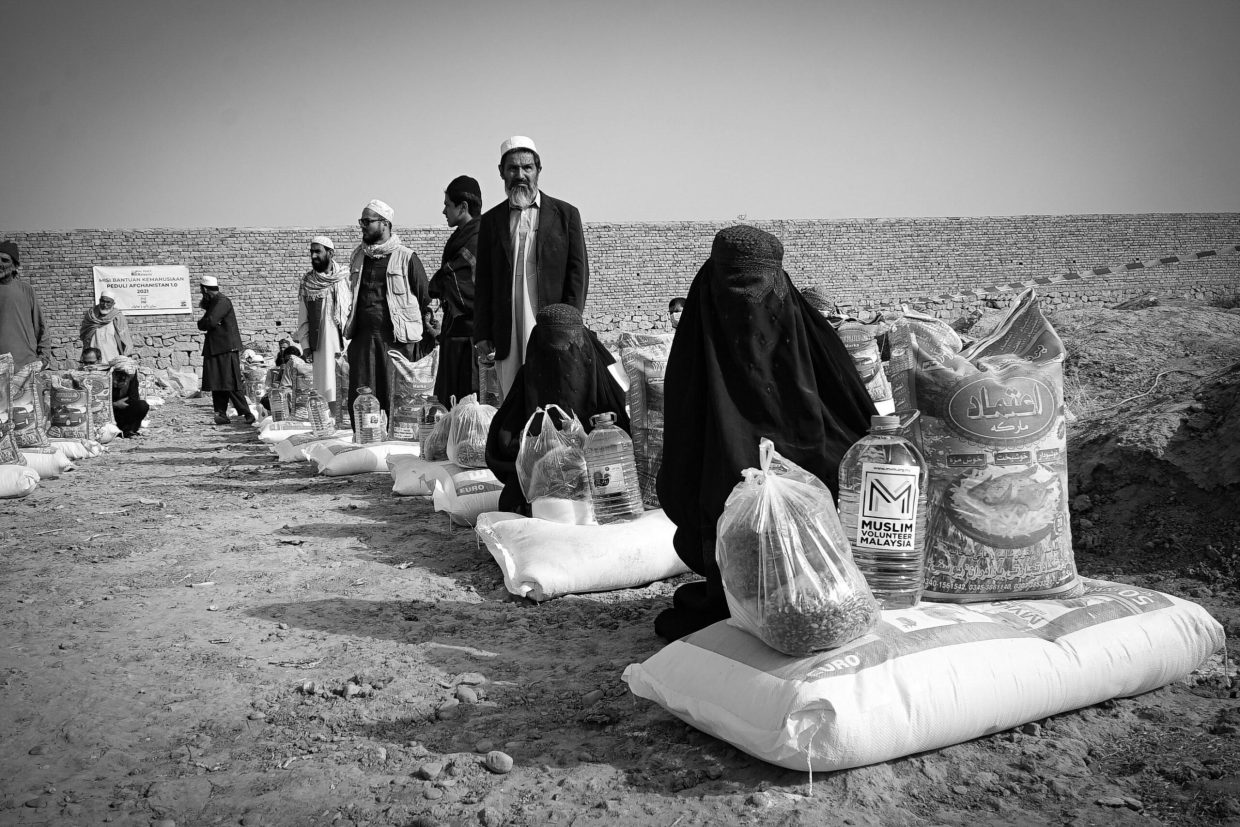When conflict strikes, it’s not just the immediate dangers of violence that affect communities—it’s the struggle to put food on the table that often becomes one of the biggest battles. War zones create a perfect storm of disrupted supply chains, destroyed farmlands, and displaced families, making hunger and famine terrifyingly common. But amid the challenges, incredible efforts are underway to keep food secure and save lives. In this blog, we’re diving into how organizations, locals, and global communities are working together to tackle famine in war-torn areas, proving that even in the darkest times, hope and resilience can shine through.
Table of Contents
- Understanding the Complex Challenges of Food Security in Conflict Areas
- How Local Communities and Aid Organizations Can Work Together Effectively
- Innovative Solutions Bringing Hope to War-Torn Regions
- Practical Steps Everyone Can Take to Support Food Security Efforts
- Wrapping Up
Understanding the Complex Challenges of Food Security in Conflict Areas
In conflict zones, ensuring reliable access to food is far from straightforward. The convergence of ongoing violence, displacement of communities, and destruction of critical infrastructure creates an environment where even the basics of farming and food distribution become monumental challenges. Supply chains are frequently disrupted by insecurity, making it difficult for aid organizations to deliver assistance where it’s needed most. Beyond physical obstacles, economic instability drives inflation and reduces purchasing power, pushing vulnerable populations deeper into hunger. The intertwining of these factors demands solutions that are both adaptable and sensitive to the realities on the ground.
Addressing food insecurity in such fragile contexts calls for holistic approaches that consider:
- Protection of agricultural lands from conflict-related damage.
- Strengthening local food systems to reduce dependency on external aid.
- Engaging local communities in planning and distribution efforts to ensure cultural and logistical relevance.
- Bolstering early warning systems to anticipate famine conditions before they escalate.
By weaving together humanitarian assistance with long-term development strategies, we can better support those caught in the crossfire and work toward a future where no one has to suffer from hunger amid the chaos of war.
How Local Communities and Aid Organizations Can Work Together Effectively
Building strong partnerships between local communities and aid organizations is essential to ensure food security in conflict-affected areas. Local residents bring invaluable knowledge about the landscape, culture, and unique challenges faced day-to-day. When aid groups tap into this expertise, they can tailor their interventions to fit the actual needs, improving distribution efficiency and minimizing waste. Collaborative planning sessions and regular communication channels pave the way for shared decision-making, helping to build trust and foster a sense of ownership among the community members.
Effective cooperation is more than just sharing resources; it involves empowering locals to take on active roles throughout the relief process. This can include:
- Training community volunteers to assist with logistics and food storage
- Engaging local leaders to facilitate culturally sensitive awareness campaigns
- Creating feedback loops where residents can voice concerns or suggest improvements
By valuing and amplifying local voices alongside humanitarian expertise, aid organizations can help build resilient networks that continue to safeguard food access long after immediate crises subside.
Innovative Solutions Bringing Hope to War-Torn Regions
In regions ravaged by conflict, traditional food supply chains collapse, leaving millions vulnerable to hunger. However, emerging technologies combined with community-driven efforts are paving the way for sustainable food security. Initiatives such as aerial drone deliveries overcome dangerous roadblocks, transporting vital nutrition kits directly to remote areas. Meanwhile, innovative solar-powered cold storage units help preserve fresh produce, dramatically reducing waste in communities where refrigeration was once a luxury. These advances not only keep food supplies stable but also empower locals to rebuild resilient agricultural systems despite the ongoing turmoil.
Alongside technology, organizations are fostering participatory farming programs where displaced families receive training and seeds to grow their own crops in safe zones. Collaborative efforts often feature:
- Community seed banks safeguarding native plant varieties
- Mobile apps offering real-time weather and planting guidance
- Psychosocial support integrated with food programs to strengthen well-being
These complementary approaches underscore a powerful message—resilience in war-torn areas is not just about aid; it’s about fostering hope, dignity, and self-sufficiency through innovation.
Practical Steps Everyone Can Take to Support Food Security Efforts
Supporting food security in conflict zones isn’t just the job of governments or large organizations—every individual can contribute meaningfully. Start by educating yourself and others about the complex causes of famine and food shortages in war-torn areas. Sharing accurate information on social media or within your community helps raise awareness and fosters a more compassionate global mindset. Additionally, consider donating to reputable humanitarian organizations that specialize in delivering food aid and support agricultural programs in these regions. Even small, regular contributions can have a ripple effect, helping sustain critical food distributions and rebuilding efforts.
On a more local and practical level, reducing food waste in your own household is a powerful way to support global food security. Embrace mindful consumption by planning meals, storing food properly, and composting scraps instead of tossing them out. Advocating for policies that encourage sustainable agriculture and fair trade can also drive systemic change. Volunteering your time or skills, whether virtually or in nearby food banks, strengthens community resilience—which is key when crises arise. Every little action, combined, helps build a world where fewer people face hunger amid the chaos of conflict.
Wrapping Up
As we’ve seen, keeping food secure in war zones is a complex challenge—one that requires courage, creativity, and collaboration. Whether it’s supporting local farmers, improving supply chains, or backing humanitarian efforts, every action counts. By staying informed and spreading awareness, we can all play a part in easing the burdens of famine and bringing hope to communities caught in conflict. Let’s keep the conversation going and work together toward a future where no one has to go hungry, no matter the circumstances. Thanks for reading!













